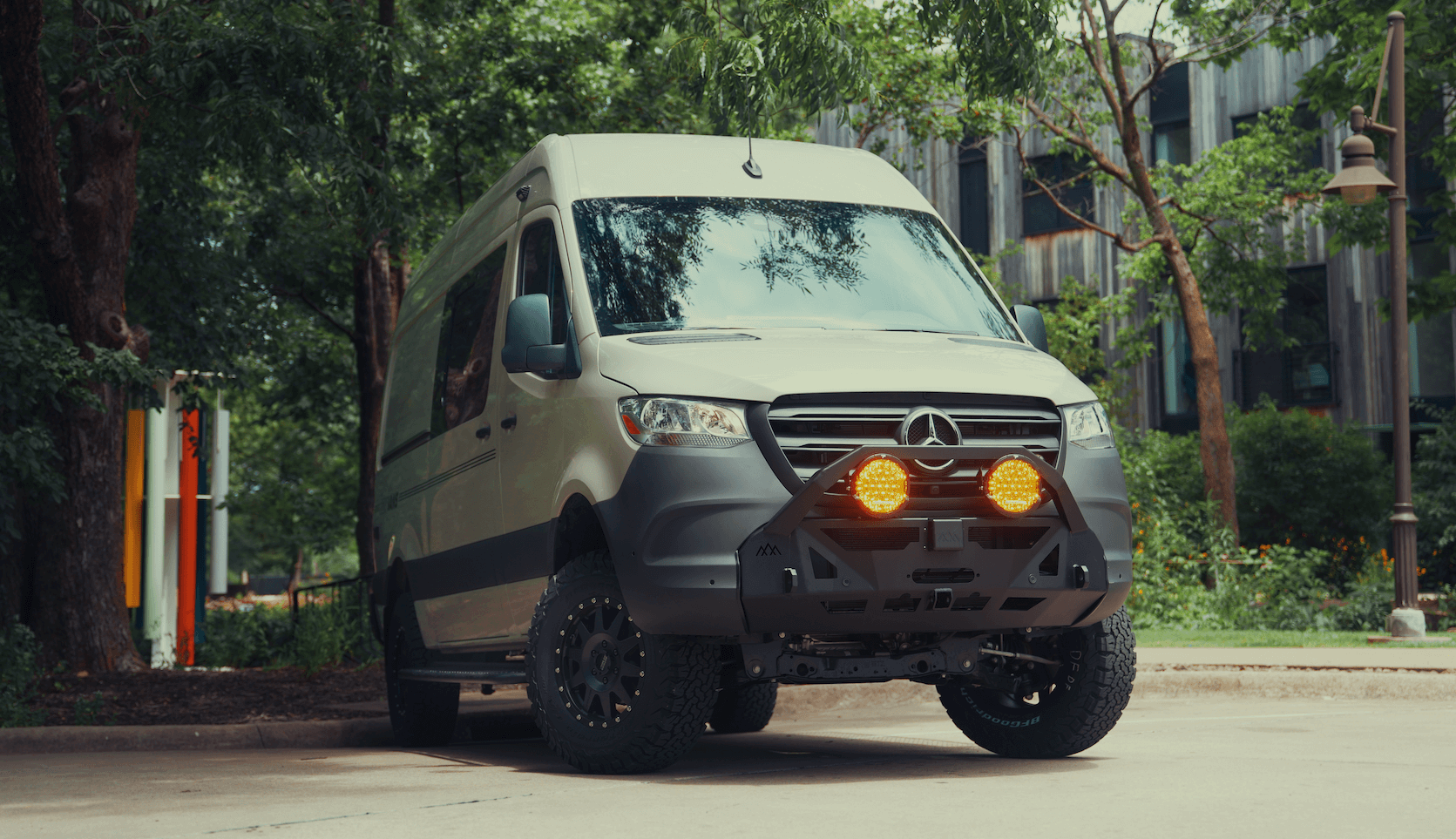Recreational Vans

Design starts with honest daily routines. Motorhome interiors work best when every inch has a job, starting with the bed, the galley, and the bath or storage zone. A camper van interior can run fixed bed with a garage below, convertible dinette that drops to a bed, or a side sofa that becomes a van sleeper at night. The choice drives ceiling height needs, walkway width, and the placement of windows for airflow. Keep heavy items low and centered, protect open aisles, and place frequently used gear at hand height to cut daily strain.
Smart storage multiplies livable space. Use overhead lockers above static seating, drawers under benches, and tall cabinets with adjustable shelves near the galley. Consider soft close hardware to reduce rattle, plus compression latches that hold tight on rough roads. Wet items need a landing zone near the entry, with vented cubbies and a drain pan if you carry bikes or boards. In compact motorhome interiors, every door swing, hinge choice, and handle projection affects circulation, so mock up in tape before committing.
Sleep quality anchors the experience. A transverse bed saves length but fits best for shorter occupants or with flares. A lengthwise bed welcomes taller sleepers and simplifies midnight exits. A raised platform creates a garage for bikes or totes, while a lower bed improves headroom and keeps you stable in crosswinds. Choose a mattress designed for mobile use with breathable foam or hybrid cores, add slatted supports for ventilation, and keep at least two openable windows near the bed for cross breeze.
Insulation, airflow, and sound control turn a shell into a home. Insulate floors, walls, and ceiling with materials that resist moisture and hold shape. Combine a thermal break with acoustic damping around wheel wells and large panels to quiet road noise. Ventilation matters year round, so pair a roof fan with low side vents and window screens to keep air moving. Place the fan above the galley or the bed depending on whether you prioritize cooking exhaust or sleeping comfort.
Power planning shapes daily freedom. A modern camper interior benefits from a lithium battery bank, a quality battery monitor, and a charge trio of solar, alternator, and shore power. Reserve dedicated circuits for the fridge, fan, heater, and outlets, and use dimmable LED zones to control ambiance. Water systems should isolate hot from cold lines, use quiet pumps on soft mounts, and include a service panel for winterization. If you add a cassette or composting toilet, plan vent routing early to avoid cabinet conflicts.
Sleep thrives in still air, steady temperature, and low noise. Pair breathable bedding with a heater or heat pump that modulates instead of blasts. Add blackout shades with side tracks to block light leaks and create a cocoon effect. Use soft rubber isolators on bed frames and cabinets to cut squeaks. A low noise fan on intake at night can pull cool air over the van sleeper without drying you out, while a dehumidifier setting on some systems can help in rainy seasons.
Form meets function in material selection. A luxury camper interior leans on durable laminates, solid surface or lightweight composite counters, and stain resistant fabrics. Warm woods or wood textures soften the cabin without heavy mass, while powder coated metal details add strength where needed. Choose wipe clean finishes for high touch zones and non glossy surfaces that hide dust and micro scratches. Lighting layers set the tone, with task light in the galley, soft indirect glow around the bed, and a brighter center zone for packing.
Fixtures define daily joy. A deep single bowl sink simplifies clean up and saves counter space. Induction cooktops are efficient and safe, while portable units free up counter area when stored. Handles and pulls should be friendly to the touch and easy to grab in motion. Flooring needs to handle grit and water, so look to woven vinyl, coin rubber, or textured planks with sealed edges. Tie it all together with a color palette that calms and surfaces that wear in, not out.
Think marine grade durability with residential comfort. Closed cell foam cushions keep shape over time. Performance fabrics resist stains yet feel soft after long days outside. High pressure laminates resist chips and clean easily, while acoustic headliners absorb sound and add a lounge feel. The result is a refined but tough motorhome interior that stays inviting after thousands of miles.
When your vision is clear and you are ready for a professional build partner, OZK can translate ideas into a reliable rig. Our team builds complete custom vans and partial upfits, guided by how you travel, sleep, and work. From a quiet van sleeper layout to a premium galley or climate package, we develop a blueprint that matches your priorities and terrain.
Explore our work and services:
Tell us how you travel, what you carry, and how you sleep. We will shape a motorhome interior that feels considered from the first mile to the last. Submit the form and we will follow up with a plan, price, and schedule that gets you moving with confidence.
Ready for a cabin that feels tailored to you. Share your goals and let OZK map a sleep first layout, smart storage, quiet climate, and finishes that travel well. Submit the form and our team will blueprint your build, timeline, and budget to get you on the road without compromise.
ADDRESS:
6159 E Huntsville Rd, Fayetteville, AR 72701
PHONE:
(479) 326-9200
EMAIL:
info@ozkvans.com